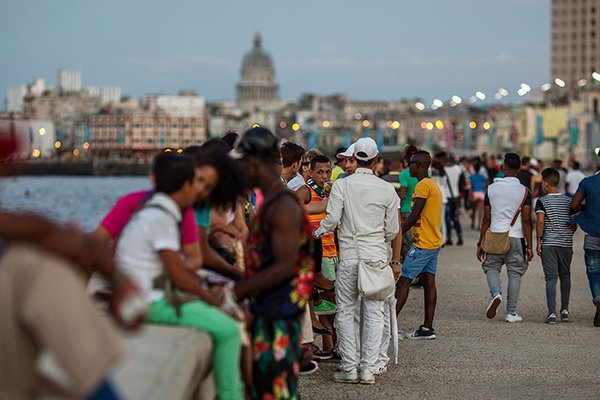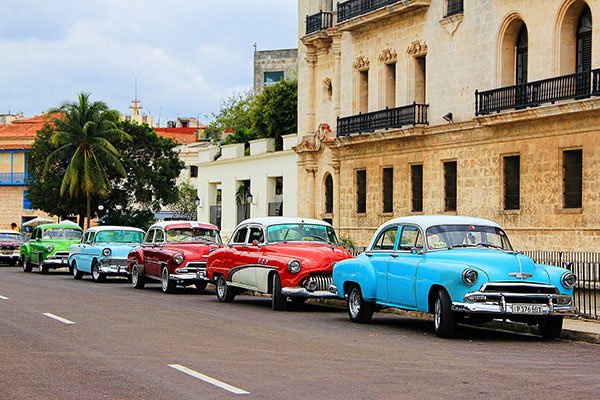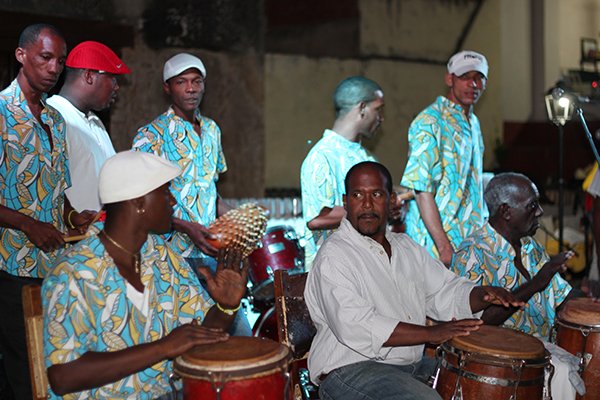Communication in Cuba
Communication in Cuba
Forget any worry you might have about disappearing into a communications black hole on arrival into Cuba. Despite what you may have heard, the country is embracing modern communication, and with a little planning, there’s no reason you can’t use your favourite methods of communication as you would at home.
Access to the web
Over the past few years the internet has become increasingly available in Cuba (for locals and tourists alike). The costs are also much lower than they used to be, although not as low as you might be used to. It is however still much more difficult to access the internet in Cuba than in most other countries. Many Casa's do now offer the ability to access Wifi in common areas, however you will moist often have to pay extra for this. There are Wifi 'hotspots' located across many different parts of the cities you will visit. These are typically found in locations such as public areas, plazas and most hotels. WIFI cards can be purchased from hotels and ETECSA offices that will give you 1 hour access to the internet. These cards will cost 25CUP each, however often these cards are sold out and entrepreneurial locals will make business offering them on the street for an inflated price (most often paid for in foreign currency). Some hotels will sell the cards at higher prices or will often require you purchase a drink at the bar. Our recommendation would be that you buy at least a few hours worth of WIFI cards when you first arrive in Havana, as these will be valid for use all over Cuba. Lines to buy WIFI cards can be long, so ask your local guide for the best advice as to where to purchase these.



International Calls and Roaming
Making International phone calls from Cuba can be very expensive (25CUP+ per minute). To make an international phone call y can either call from a hotel or buy a phonecard from ETECSA for use on public phones. The code to make international calls from Cuba is 119. Your mobile phone in Cuba will work (and most likely be incredibly expensive to use) if it meets the following criteria • Your phone works on the 900Mhz frequency band • Your operating network has a contract with the Cuban mobile network Cubacel. You should double-check this with your provider • You have the global roaming service activated on the phone
Getting a local SIM
If your mobile is unlocked, you can also rent a local SIM card from Cubacel, the mobile division of ETESCA and one of Cuba’s two mobile networks (Cubacel and Digicel). Once you’ve bought some credit (top-up cards cost 10 and 20 CUC) you can make calls and send SMS text messages (but not access the internet) like any other Cuban. Renting a SIM costs 3 CUC per day, and you must return the SIM when you leave the country. You can also opt to rent a handset for an additional 6 CUC per day. There’s a handy ETESCA store in terminal 3 of the airport. Calls within Cuba cost 0.35 CUC per minute during the day and 0.10 CUC at night, while international calls are always charged at 1.20 CUC per minute. An SMS message will cost you just 0.09 CUC within Cuba, and 0.60 internationally.
Using a Landline
The easiest way to make a landline call is to use the phone at your accommodation. The cost may be a little higher than when using a public telephone booth, but you only end up paying for the actual length of the call (rather than needing to buy a phone card) and you won’t find yourself cut off if the call takes longer than you expect. Public telephones are available across the country. To make use of them you’ll need to buy a phone card, currently available in 10 and 25 CUC units, from ETESCA. Calls to most parts of the world outside Cuba can cost a very expensive 4 CUC per minute.
Posting letters
The Cuban postal service is slow but generally reliable when sending postcards and letters. We don’t recommend sending parcels by this route (use DHL instead) given the number that seem to get ‘lost’. Postcards with stamps already attached can be found in many shops, saving you the hassle of queuing up for a stamp yourself at the post office. To send a postcard internationally costs around 1 CUC, but delivery times to North American and Europe can take anything up to a month! With all the communications options available in Cuba, there is no reason to worry about lacking connectivity with the rest of the world so long as you keep our hints and tips in mind.